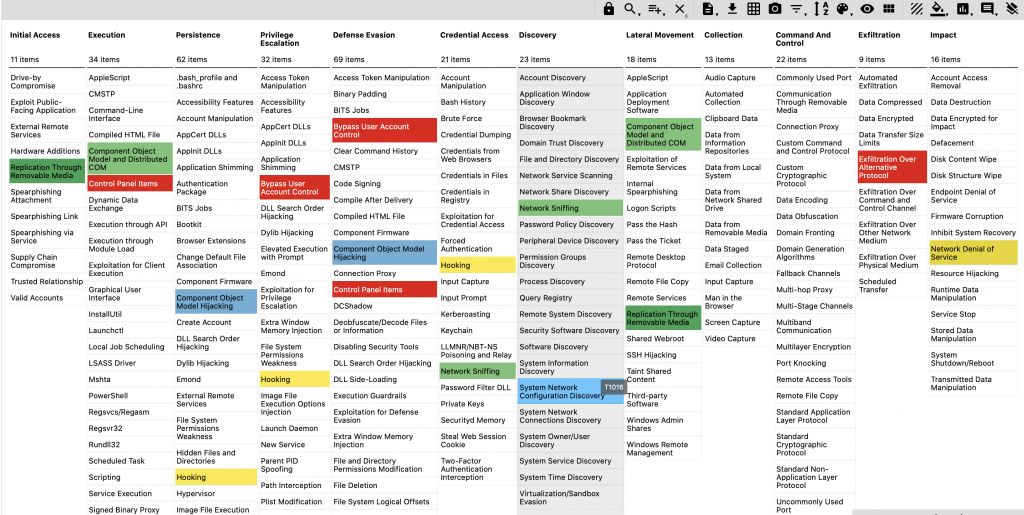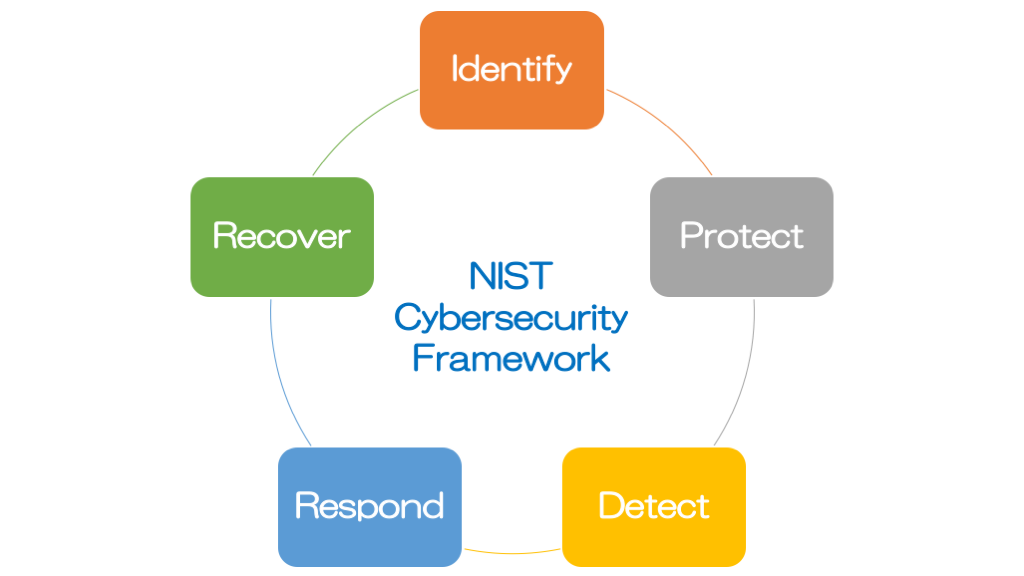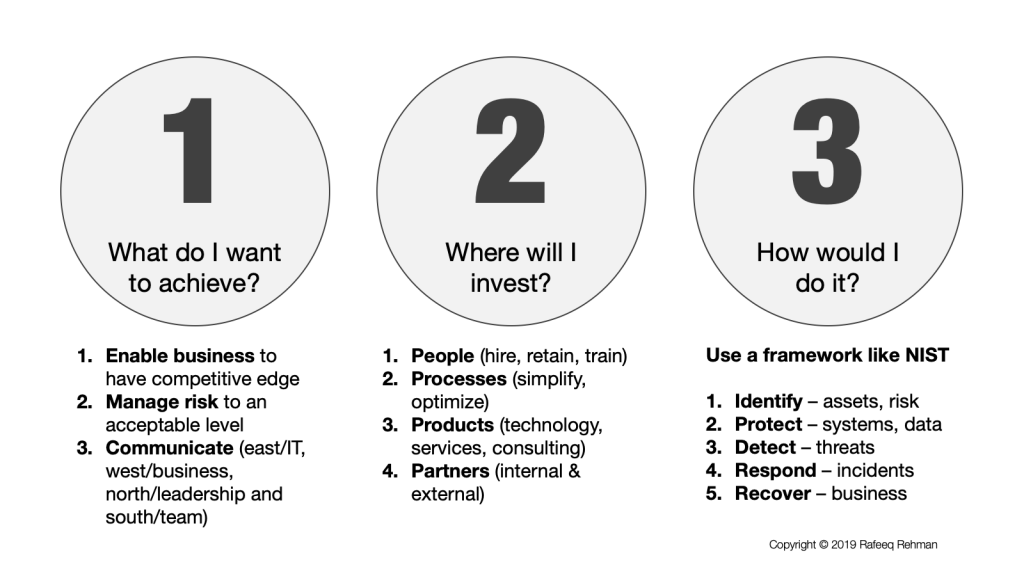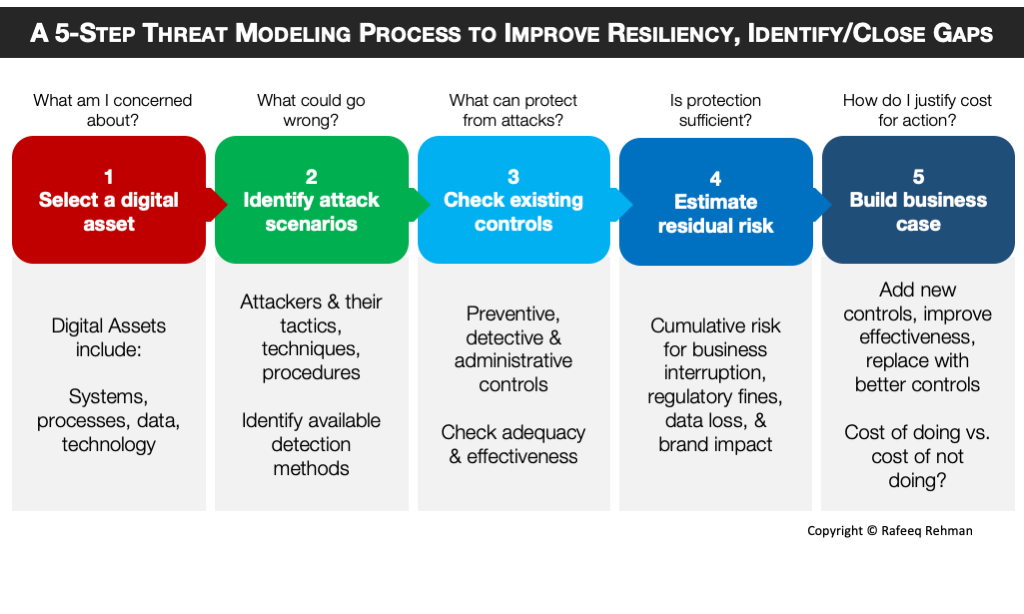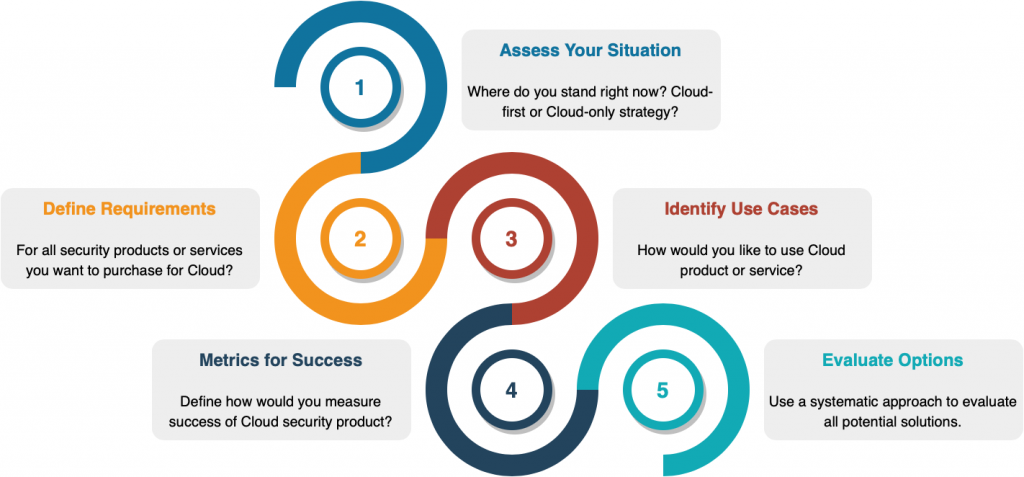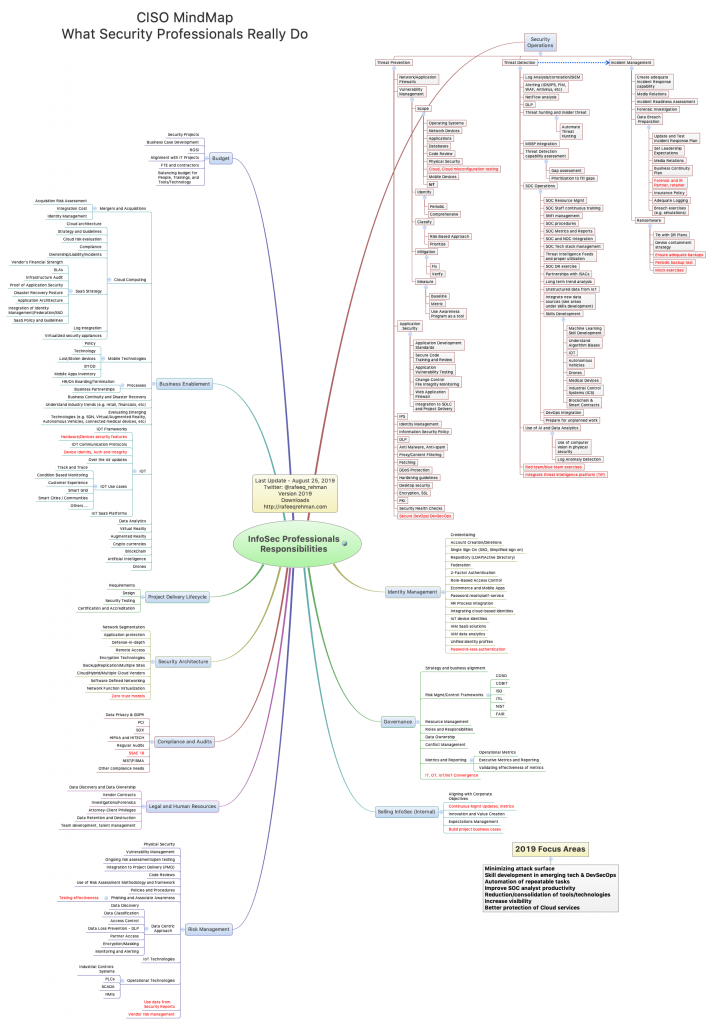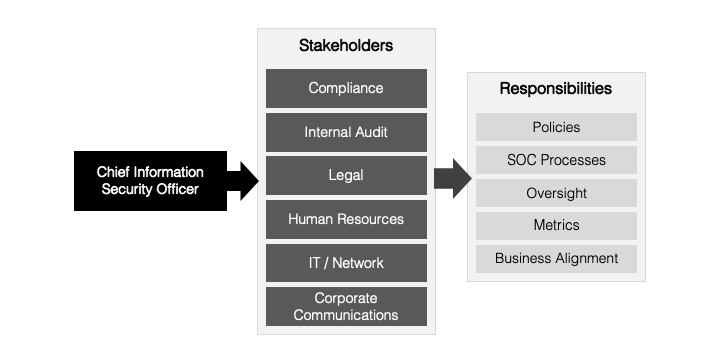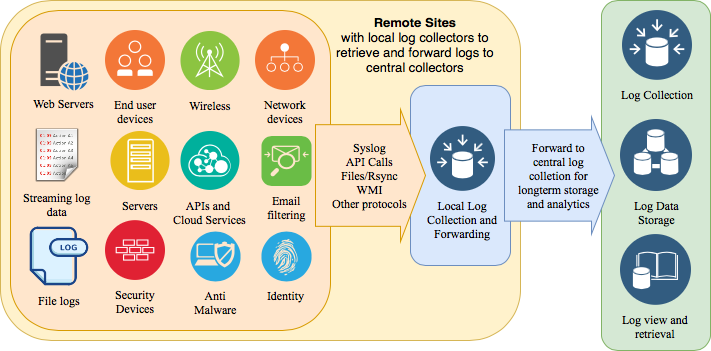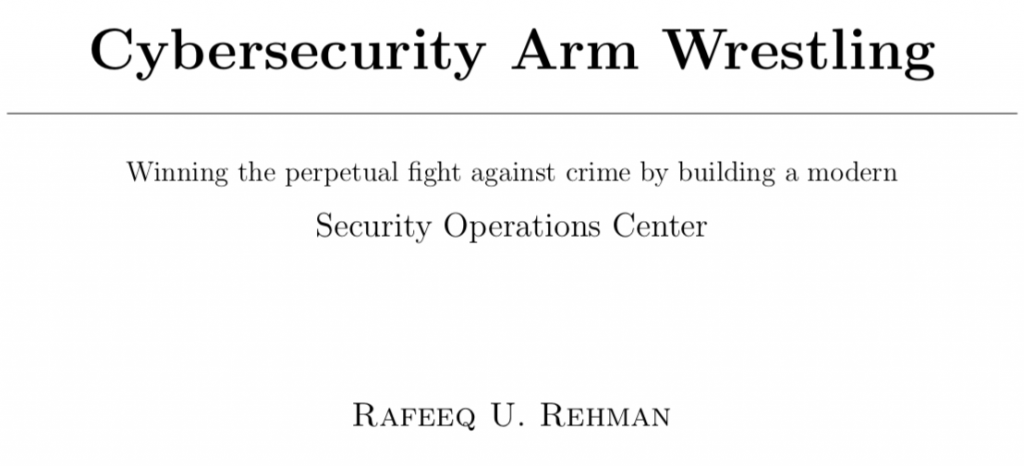
While negativity usually becomes very toxic for any team fairly quickly, defeatist attitude is probably the worst. Defeatists give up even before trying and urge others to do the same. They fear change. “A defeatist is the opposite of an optimist. A defeatist is convinced that he’s going to fail, and he isn’t surprised when he does”. People with defeatist attitude are not only paralyzed to take any action, they spread despair to others bringing everyone down with them. When you find a defeatist, run away as this attitude can be quite contagious.
How to spot defeatist attitude? It is actually not quite difficult. People with this attitude some very specific characteristics, like:
- They will always find how million different ways an initiative can/will fail
- When asked for suggestions about anything, a defeatist will start with list of problems but seldom provide any solution
- You will hear a lot of complaints
- A defeatist is keen to transfer blame and responsibility to others
- Defeatists will hesitate to take ownership of anything
- You know you are taking to a defeatist when you hear comments like: “we tried it last year and it did not work”
- They are looking for survival, not to accomplish anything
- In discussions, they would mention strengths of their competitors and shortcomings/weaknesses of their team.
- You will seldom hear much of “we will win” or “we are going to get it done” or “we are a great team, nobody can defeat us” type remarks
- It would be a task to get them excited about new initiatives
This is a self-limiting behavior and toxic for any team, group, or startup that wants to achieve something big or challenge the norm.
You will be surprised that some defeatists may be quite vocal about voicing their opinion. Most of them fail to understand this behavior and actually think that they are helping while doing quite the opposite. This is one of the reasons behind my suggestion “run away from people with defeatist attitude”.
If you are a building a team or starting a new venture, try to identify this behavior during interviews by asking some probing situational questions using the list above. Remember, experience or skills can’t compensate for attitude.
